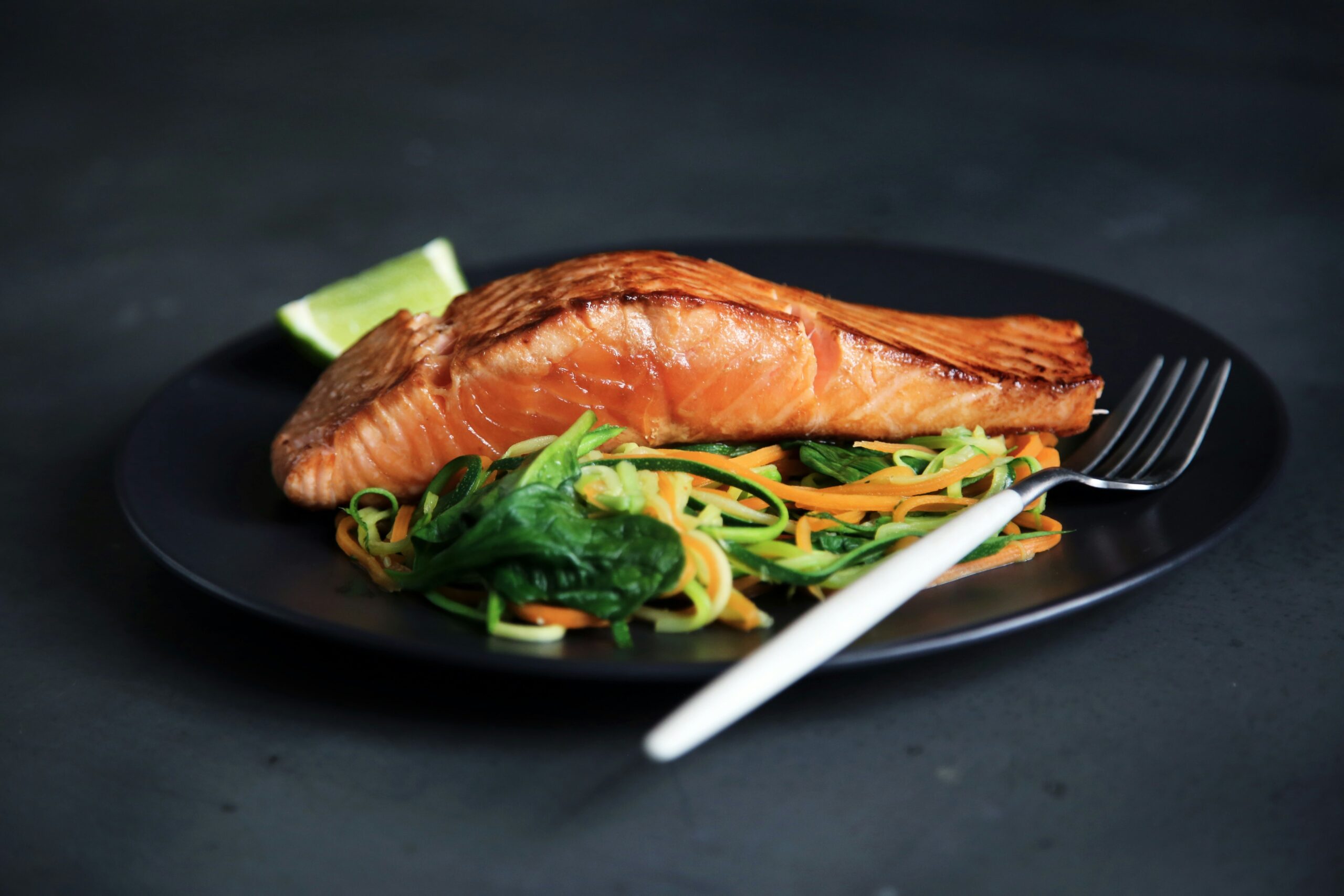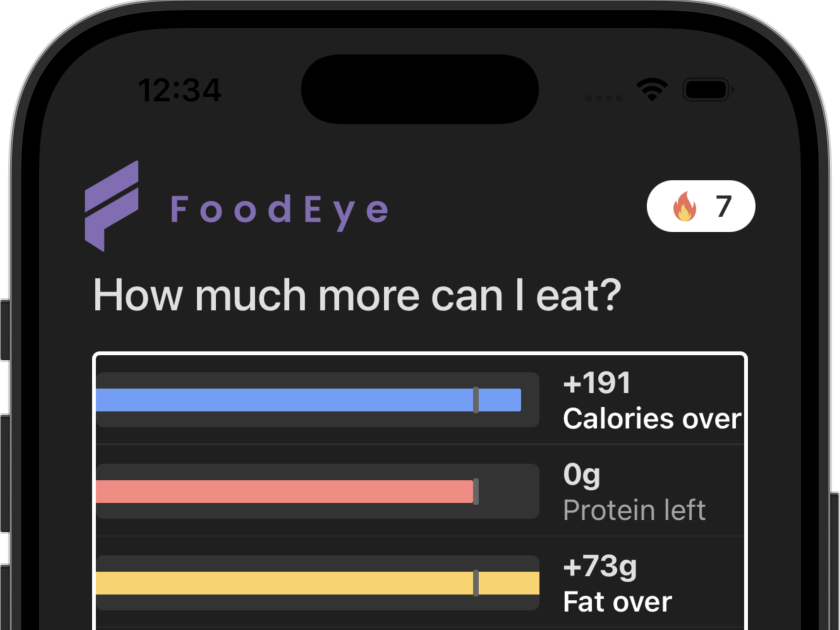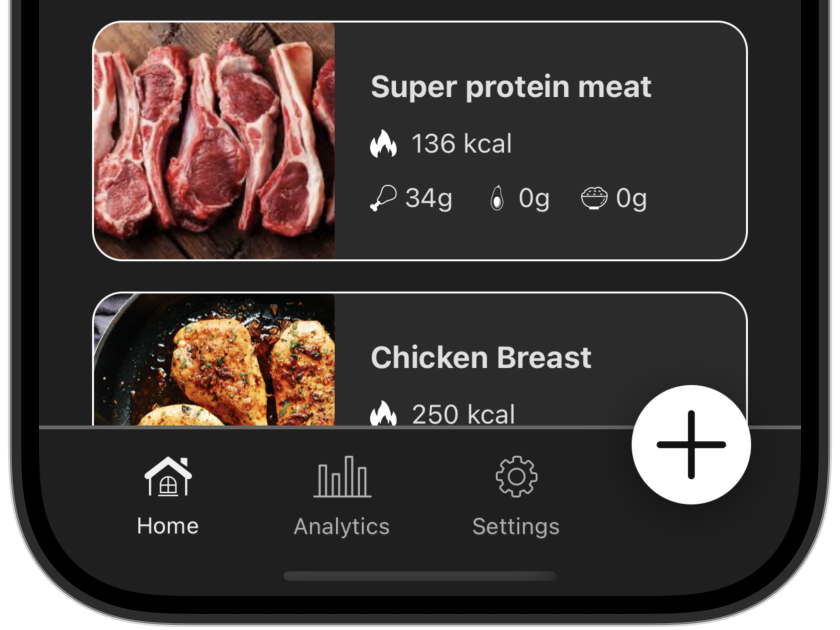Ever find yourself staring at your fridge late at night, battling those unmistakable hunger pangs? You’re not alone. As we head toward spring and start imagining those sunny summer days on the beach, it’s a good time to adopt some simple and proven ways to manage appetite. Here at FoodEye—an easy-to-use app that lets you record your meals through photos or short text descriptions—we’ve gathered a few science-backed strategies that can help you curb cravings and keep your energy up while working toward your goals.
1. Hydration First

Photo by Mineragua Sparkling Water on Unsplash
Before you reach for a snack, try grabbing a glass of water—or even carbonated water for an extra satiety boost. Research shows that drinking water prior to meals can enhance the feeling of fullness, helping you consume fewer calories overall[1]. Sparkling water may offer an added sense of satisfaction, thanks to the bubbles that can help stretch the stomach slightly. Just be sure to stick with unsweetened varieties to avoid unnecessary sugar. And remember, sometimes thirst can disguise itself as hunger, so staying well-hydrated is a simple but effective way to dial down those sudden cravings.
2. Power Up with Protein & Fiber

Photo by Caroline Attwood on Unsplash
Protein-rich foods (think eggs, lean meats, Greek yogurt, chicken breasts, fish) and high-fiber options (like whole grains and veggies) are both celebrated for their ability to keep you fuller for longer[2]. Combine them in your meals—like a chicken and veggie stir-fry or a tofu and bean salad—and you’ll likely notice fewer random cravings throughout the day. If you’d like a deeper dive into how fiber supports gut health, check out our “Health Revolution Begins in the Gut—Unveiling the True Benefits of Dietary Fiber.” If you’re already sold on fiber and want practical steps, “Enjoying More Fiber Daily—Tips, Tricks, and Tasty Ideas” offers easy recipes and meal hacks.
3. Track Your Meals the Easy Way


Often, we underestimate just how much (or how often) we eat. That’s where FoodEye comes in. Simply snap a quick photo of your breakfast, lunch, or snack, and let the app help you log what you’ve consumed. Seeing your meal record at a glance can be a game-changer for spotting patterns and staying mindful about your food choices.
4. Move, Then Munch (Mindfully)
Light to moderate exercise can help regulate appetite hormones, making you feel a bit less ravenous afterward—despite what some might assume[2]. Just keep an eye on post-workout snacks: if you’re genuinely hungry, choose a balanced option (protein and fiber, with some carbs) rather than diving headfirst into a bag of chips.
5. Watch Your Sleep & Stress Levels

Photo by bruce mars on Unsplash
It might sound unrelated, but poor sleep and high stress can ramp up hunger-related hormones (like ghrelin) and lower ones that promote fullness (like leptin)[3]. If your schedule is chaotic, consider setting a consistent bedtime and practicing quick de-stressing habits—short walks, breathing exercises, or even just giving yourself five minutes of quiet time.
Note: This post is for informational purposes only and does not constitute medical advice. If you have specific dietary or health concerns, please consult a qualified professional.
